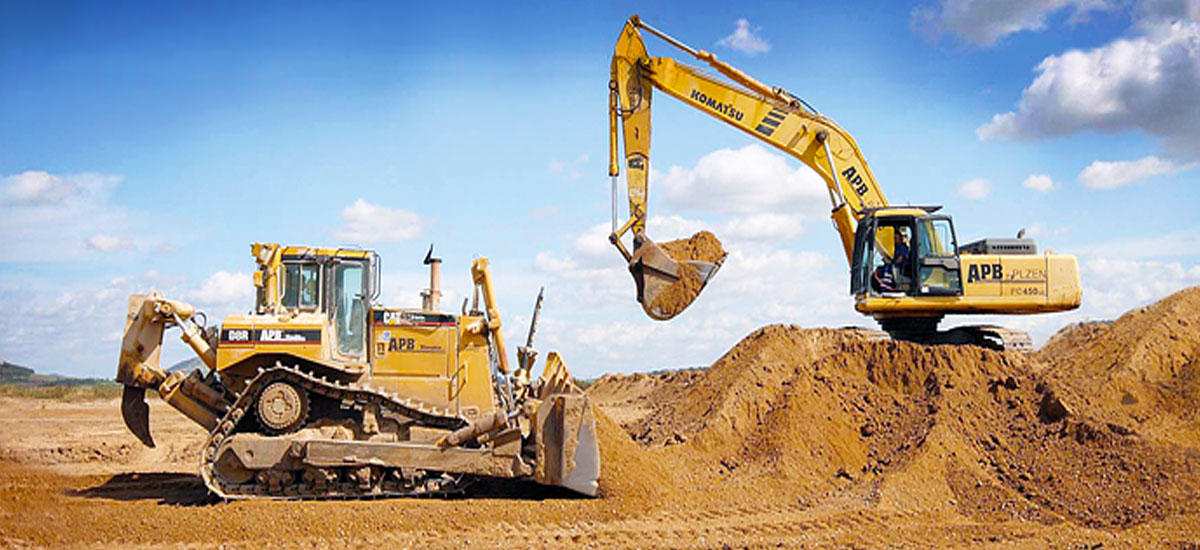Soil excavation is a common activity in construction projects, including building foundations, road construction, and landscaping. Soil excavation involves removing soil from the ground to create a desired shape or form for the construction project. In this blog, we will explore the methods used for soil excavation and the safety precautions that should be taken during the excavation process.
Methods of Soil Excavation
There are several methods used for soil excavation, including:
- Manual Excavation: Manual excavation involves the use of hand tools such as shovels, pickaxes, and hoes to remove soil from the ground. Manual excavation is suitable for small-scale projects, where machinery cannot be used.
- Mechanical Excavation: Mechanical excavation involves the use of heavy machinery such as excavators, backhoes, and bulldozers to remove soil from the ground. Mechanical excavation is suitable for large-scale projects and is faster and more efficient than manual excavation.
- Hydro Excavation: Hydro excavation involves the use of high-pressure water jets to loosen soil, which is then removed using a vacuum system. Hydro excavation is suitable for projects where soil needs to be excavated quickly and with minimal damage to underground utilities.
Safety Precautions for Soil Excavation
Soil excavation can be dangerous if safety precautions are not taken. Here are some safety precautions that should be taken during soil excavation:
- Identify and Mark Underground Utilities: Before starting the excavation, it is important to identify and mark underground utilities such as gas lines, water pipes, and electrical cables. This will prevent damage to these utilities during excavation.
- Ensure Stable Slopes: Excavation can weaken the soil and cause slopes to collapse, leading to accidents and injuries. Therefore, it is important to ensure that the slopes are stable and that appropriate support structures such as retaining walls are in place.
- Provide Adequate Ventilation: Excavation can release harmful gases such as methane and carbon monoxide. Therefore, it is important to provide adequate ventilation to prevent the accumulation of these gases.
- Wear Appropriate Personal Protective Equipment: Workers involved in soil excavation should wear appropriate personal protective equipment such as hard hats, safety glasses, and steel-toed boots to protect themselves from hazards such as falling objects and sharp tools.
Conclusion
Soil excavation is a common activity in construction projects. It involves removing soil from the ground to create a desired shape or form for the construction project. Mechanical excavation is faster and more efficient than manual excavation, while hydro excavation is suitable for projects where soil needs to be excavated quickly and with minimal damage to underground utilities. To ensure safety during soil excavation, it is important to identify and mark underground utilities, ensure stable slopes, provide adequate ventilation, and wear appropriate personal protective equipment. By following these safety precautions, workers can perform soil excavation work safely and efficiently.

